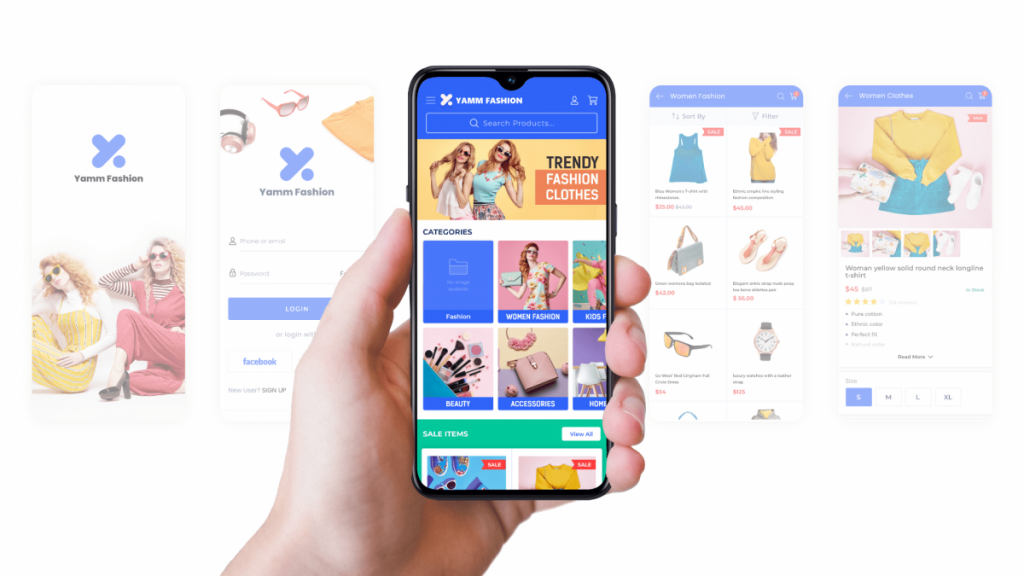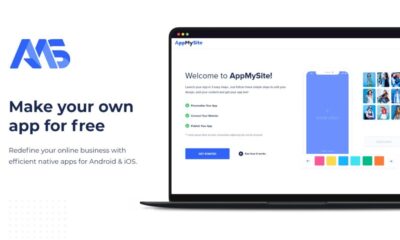Technology
Are users uninstalling your app? Find the possible reasons and solutions

The mobile app industry is full of immense possibilities and opportunities. Businesses that are a part of the online mobile market are doing considerably better than those that are not.
Owing to this potential of success, there has been a storm of brands willing to turn their website into app. The advent of app creators online has made it easier to build apps and join the mCommerce league.
However, due to the increase in competition and a variety of options available for smartphone users, retaining consumers is becoming a herculean task.
One such huge challenge is to tackle the issue of app uninstalls and abandonments. So, stay tuned and find the common reasons behind this problem.
Also find and implement the solution to each problem and ensure stability, growth and success. Explore the blog and unlock your door of new possibilities.
Common reasons behind app abandonments and the solutions
Discover the common reasons that compel users to abandon or uninstall an app. Also find out the solutions to the issues and ensure constant growth. Let us start:
#1: Complex UI/UX
Most users uninstall an app within a day or so. This shows that a large number of app users give preference to the immediate app experience.
If the app UI (User Interface) is not friendly enough and the features are too complex to be understood or used, it will result into a poor UX and the users will uninstall the app within app minutes.
Solution:
The only solution to avoid app uninstalls is to offer an experience that your users never forget. Create a frictionless and easily navigable native app for Android and iOS users.
#2: Too many permissions
Often after a user downloads the app, several prompts for seeking app permissions start appearing on the users’ screen. Many users see it as a threat to their privacy and over intrusion.
It is often perceived as a threat to the users’ data security as well. As a result, the users often end up uninstalling the app.
Solution:
Seek only those permissions that are absolutely necessary for the app to function smoothly. Also try to communicate the reason behind seeking the permissions. State the causes in clear and user-friendly terms.
#3: Storage issues
Some apps take up more space than the regular ones. However, this space consumption should be justified based on the apps’ features, functionalities and performance.
For instance, if it is a gaming app with immense detailing, it can be received well, but a notes or a calendar app might not readily earn the same amount of memory allocation on the users’ device.
Solution:
Try to optimize the app in a way that it takes a minimum space on the users’ phone and does not disrupt the performance of other apps or functionalities of the phone.
#4: Ineffective approach
If your user acquisition and retention approach is not quite effective, then you may suffer loss of traffic and session frequency. Such lethargic approach leads users into believing that the app is not usable anymore.
This may also happen if you constantly ignore the complaints, feedback and reviews given by the users. Users might slowly lose interest in your app and end up abandoning it completely in the due time.
Solution:
Try to reinvent, redesign and repackage your app user acquisition, marketing and branding strategies every once in a while. Stay updated with the latest trends and try to blend in. Customize the app experience and keep reminding users how your app is beneficial in a given situation.
#5: Excessive ads and notifications
In lieu of offering free apps, app providers often end up placing too many ads in the app. At times, some businesses also keep sending too many marketing messages and push notifications to the app users.
The messages and notifications that are sent without assessing the users’ preferences and likes, not only end up going in vain, but also infuriate the users. As a result of the excessive intrusion, users uninstall the app.
Solution:
Try to delve into the mind of your users’ and take a customized approach. Compose, time and limit your messages sensitively and emphatically and try to make it sound as relevant and helpful as possible.
Wrapping up!
That was all from our side today! Read the detailed blog suggested above and learn many more effective tips about tackling app abandonments and empowering app installs.
However, if you are still not in the app industry and want to expand your business to mCommerce, then build a native app for Android and iOS users without coding.
Sign up for AppMySite mobile app creator and build your own high-performing affordable apps that your consumers will fall in love with. Go ahead and unleash your potential now!
-

 Business7 days ago
Business7 days agoS&P 500 Soars in Best May in Decades Amid Tariff Relief and Nvidia’s Surge
-

 Immigration7 days ago
Immigration7 days agoTrump’s Immigration Crackdown: Legal Battles and Policy Shifts
-

 Business7 days ago
Business7 days agoUS Stock Market Soars in May Amidst Tariff Tensions and Inflation Worries
-

 Business7 days ago
Business7 days agoTrump’s Tariffs: A Global Economic Reckoning
-

 Government7 days ago
Government7 days agoTrump Administration’s Government Reshaping Efforts Face Criticism and Legal Battles
-

 Foreign Policy4 days ago
Foreign Policy4 days agoInside Schedule F: Will Trump’s Federal Workforce Shake-Up Undermine Democracy?
-

 Press Release4 days ago
Press Release4 days agoIn2space Launches Campaign to Make Space Travel Accessible for All













